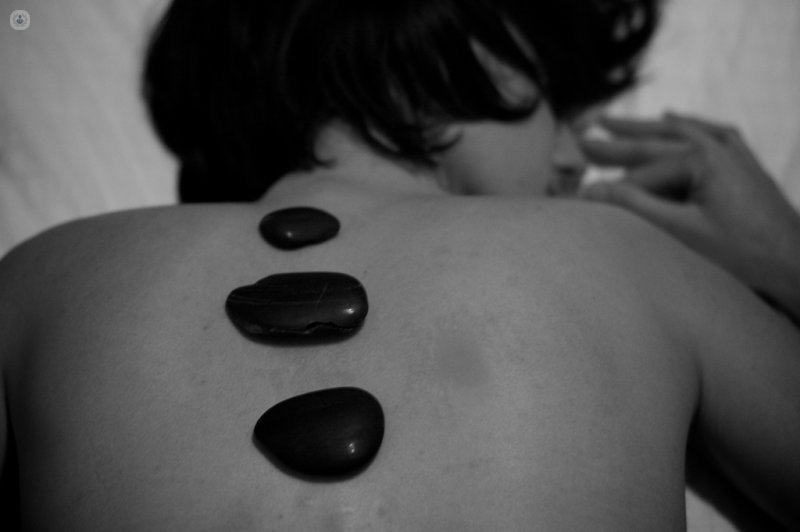Easing the pain
Written by:Radiofrequency ablation, also called rhizolysis, is a procedure used to provide a more lasting pain relief than occurs with nerve blocks.
What is radiofrequency?
 Most patients who are to undergo radiofrequency already undergone a lock previously as facet joint injection or posterior median nerve facet joint, anesthetic blockade of the sympathetic nerve, or other nerve blocks, with little lasting relief from pain.
Most patients who are to undergo radiofrequency already undergone a lock previously as facet joint injection or posterior median nerve facet joint, anesthetic blockade of the sympathetic nerve, or other nerve blocks, with little lasting relief from pain.
To produce an injury to the nerves that transmit pain signals, structure or cause of pain may be denervated and reduced or eliminated with a variable duration, but usually for several months pain.
What is radiofrequency?
RF is the use of electromagnetic waves to a very high frequency (25000 Hz) at certain points, usually along certain nerves, to produce a thermal energy or injury, altering the nerve and allows pain relief. This occurs by a dedicated generator.
RF types:
- CONVENTIONAL RF: a temperature of 80 ° is applied for 90 seconds by the nerve.
- Pulsed radiofrequency: based on the repeated use of radiofrequency pulses, without exceeding the temperature of 42 ° applied to a nerve.
RF applications
RF can be applied to a multitude of chronic pain conditions and in other specialties such as orthopedic surgery, general surgery and otolaryngology.
It can be effective, for example, chronic back pain, including lumbar or cervical spondylosis, post-traumatic pain (whiplash syndrome), pain after spinal surgery and other painful conditions of the spine vertebral.
Other conditions known to respond well to include some pathologies RF neuropathic pain, such as complex regional pain syndrome (also called-reflecting sympathetic dystrophy), trigeminal neuralgia and cluster headache or entrapment syndromes of peripheral nerves.
Risks of radiofrequency
There is a very rare risk of infection or bleeding in the treated area. It is therefore normally performed in an operating room with suitable means of control sterility and patient vital signs.
There is also the possibility of nerve damage, even in the hands of an experienced specialist Pain Unit this is very rare. The patient, however, they may be sore for a few days after treatment, which can be up to 1 week before experiencing improvement, which in some cases may take 3-4 weeks.


